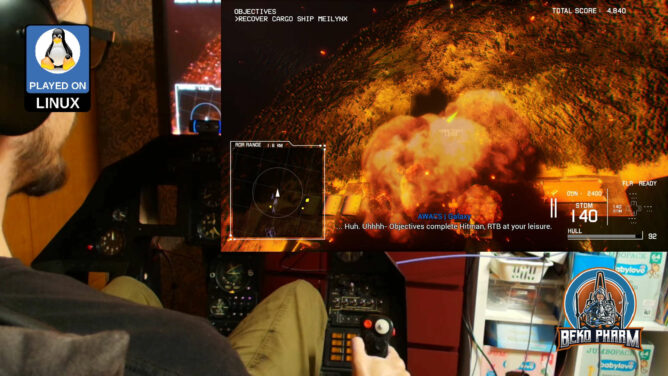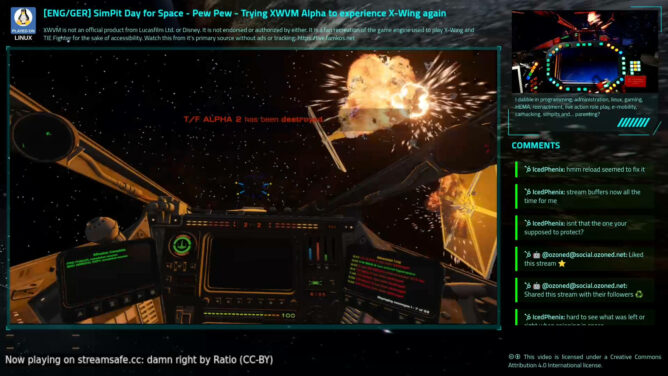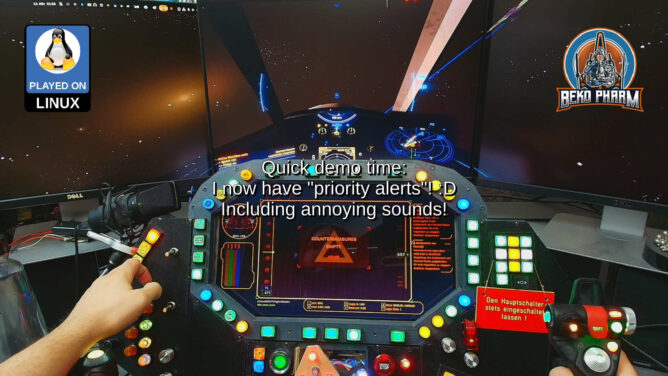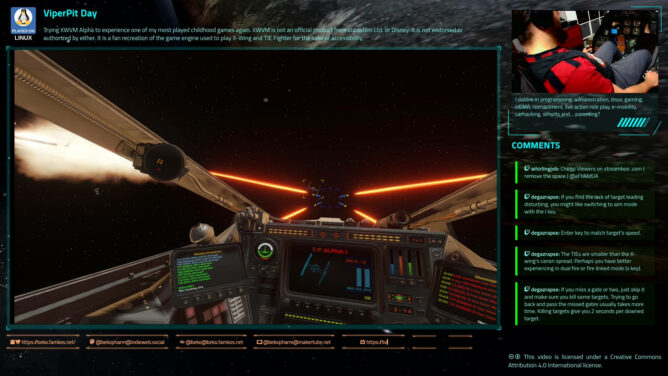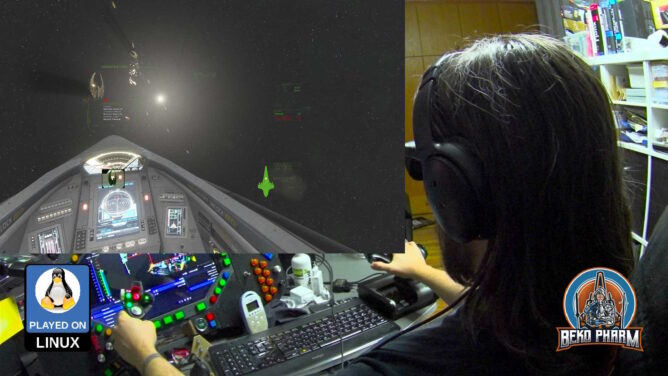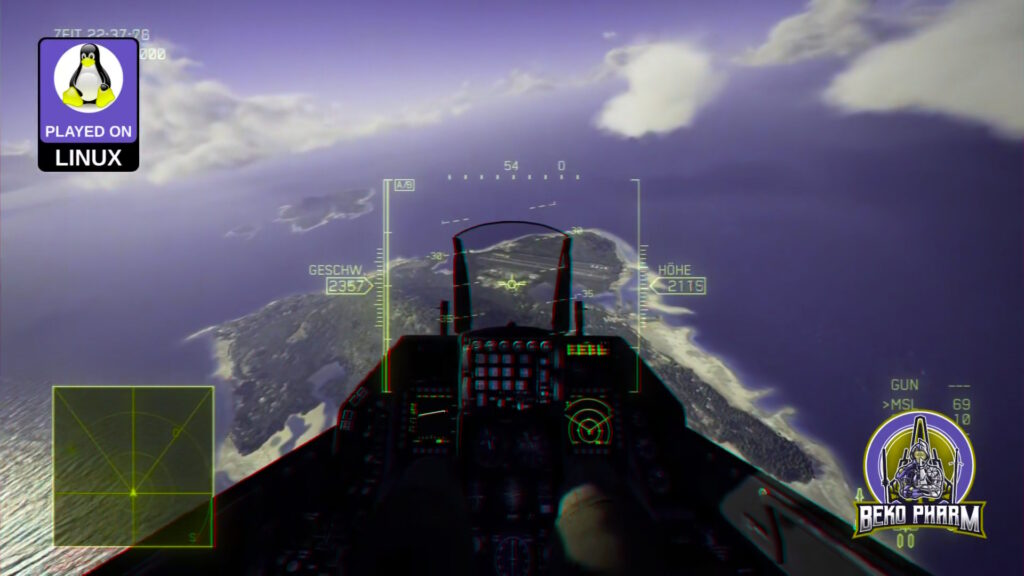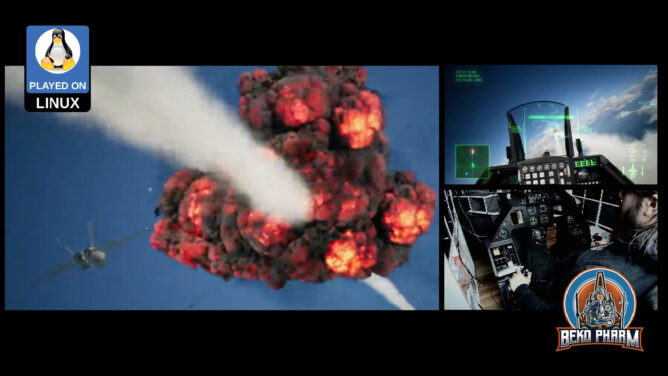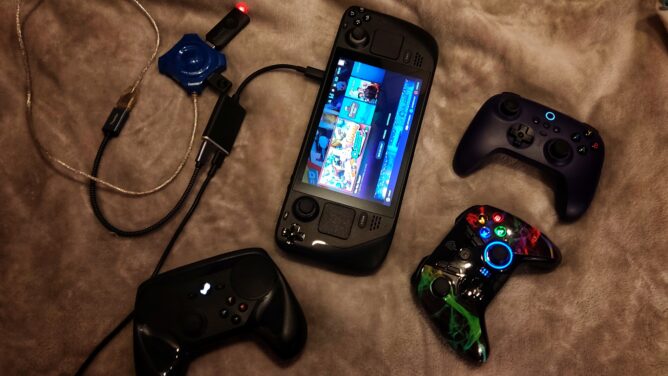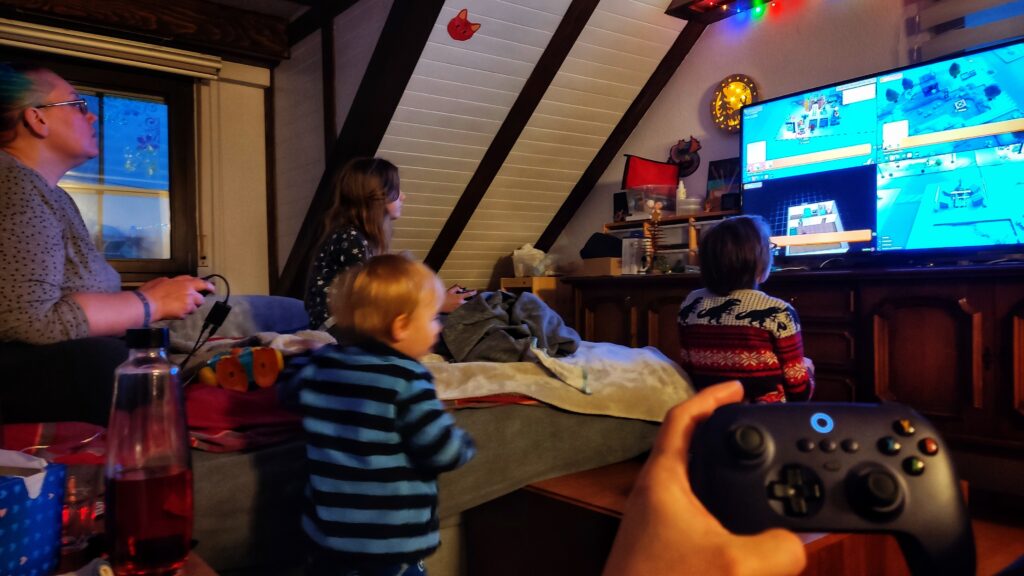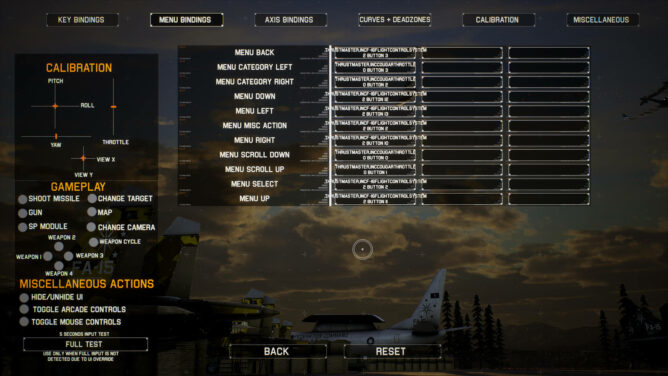
Looks like #ProjectWingman has a broken Input.ini parser resulting in my #HOTAS mappings to be gone on restart. The problem is that some special characters, like a comma, break the INI format used by their controls implementation [/Script/Engine.InputSettings].
Have an example what the game writes to AppData/Local/ProjectWingman/Saved/Config/WindowsNoEditor/Input.ini
AxisMappings=(AxisName="Pitch Axis",Scale=-1.000000,Key=Joystick_ThrustMaster,IncF-16FlightControlSystem_2_Axis1)
The name for the key is something homebrew the game produces based on the controller type (Joystick_ or Gamepad_) and the HID device descriptor name. This example mapped fine ingame but breaks on reload of the game resulting in only ThrustMaster for each mapped control – and that joystick can not be found, of course.
The “fix” is to manually edit the file and add quotation marks for the key:
AxisMappings=(AxisName="Pitch Axis",Scale=-1.000000,Key="Joystick_ThrustMaster,IncF-16FlightControlSystem_2_Axis1")
Now the game finds the proper joystick and all controls are mapped to something like ThrustMaster,IncF-16FlightControlSystem_2_Axis1 again, as expected.
Needless to say that the file should probably be write protected after that – or at least saved again under a different name, because any change to the controls will overwrite this fix again. This problem does probably also happen with other special characters, like the © sign that some vendors are known to use.


